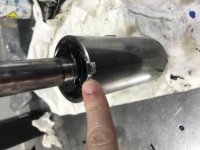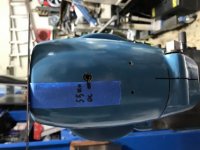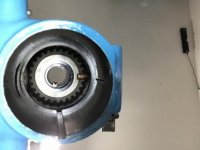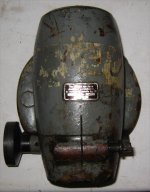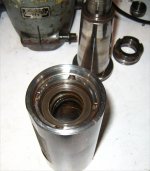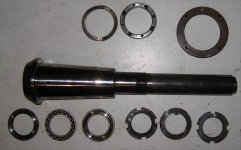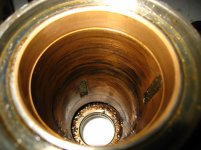Ross has provided some solid advice here https://www.practicalmachinist.com/...al-head-rattle-321366/index2.html#post2784365
I had a worn bronze bushing in my old mill, an ALG100.
At that point I was not experienced enough (or had the equipment) to follow Ross's advice, and then the machine was sold. But it's knowledge that grows in you, even if you never apply it to where it was aimed for.
BR,
Thanos
I had a worn bronze bushing in my old mill, an ALG100.
At that point I was not experienced enough (or had the equipment) to follow Ross's advice, and then the machine was sold. But it's knowledge that grows in you, even if you never apply it to where it was aimed for.
BR,
Thanos


